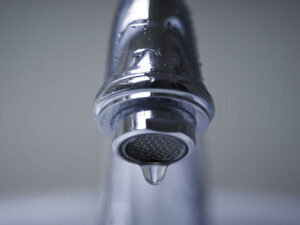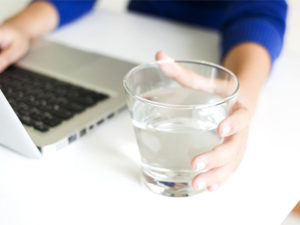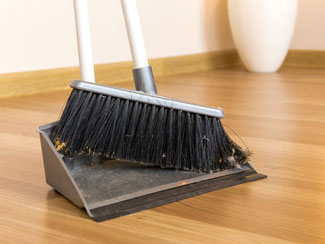10 Ways to Save Water in the Office
- By Miriam Wolf
- Reading Time: 3 mins.
 The ongoing drought in the Western states has reached historic proportions. California Governor Jerry Brown has put statewide water restrictions for homes and businesses into place for the first time ever. Now in its fourth year, this drought has the potential to reshape the entire country in profound ways—from the way we get our food to where we choose to live.
The ongoing drought in the Western states has reached historic proportions. California Governor Jerry Brown has put statewide water restrictions for homes and businesses into place for the first time ever. Now in its fourth year, this drought has the potential to reshape the entire country in profound ways—from the way we get our food to where we choose to live.
Water conservation can help and is a must—and everyone can play a role, from the toddler learning to brush her teeth to the multinational corporation learning to make and sell products in a more resource-aware manner.
Workplace Water Use
You might already be doing your best to conserve water in your home, but often in the workplace, we’re preoccupied with, well, work, and we don’t bring the same attention to sustainability issues (especially because in the office, they don’t directly impact our wallet).
 Chris Mittelstaedt, founder, and CEO of The FruitGuys is mounting a coordinated response to the drought both in its facilities and in what the company purchases. Mittelstaedt wants to actively “work with growers that use less water, understand how much water growers are using, and encourage growers to use less water,” he told the Magazine. In addition, at The FruitGuys South San Francisco headquarters, Mittelstaedt has a plan to reduce water usage by the company and by its employees through initiatives like installing low-flow toilets and stopping any watering of the landscaping.
Chris Mittelstaedt, founder, and CEO of The FruitGuys is mounting a coordinated response to the drought both in its facilities and in what the company purchases. Mittelstaedt wants to actively “work with growers that use less water, understand how much water growers are using, and encourage growers to use less water,” he told the Magazine. In addition, at The FruitGuys South San Francisco headquarters, Mittelstaedt has a plan to reduce water usage by the company and by its employees through initiatives like installing low-flow toilets and stopping any watering of the landscaping.
Here are 10 ways your workplace can reduce water usage. How many is your office already doing?
1. Install low-flow toilets.
According to the Environmental Protection Agency, the largest share of water in office buildings is through bathroom use. The EPA also notes that older, inefficient toilets use about six gallons of water per flush, while the water-efficient kind use 1.28 gallons or less per flush—big savings, especially if your workplace has multiple restrooms. Check with your local water authority—many offer rebates for changing to high-efficiency toilets.
2. Check your faucets for leaks and fix them promptly.
This drip calculator can tell you how much water your dripping faucet is wasting.
3. Install faucet aerators.
Attach aerators to hand-washing faucets. Aerators mix water with air, creating a more misty spray and using less water than conventional faucets. If your company offers on-site showers, switch to low-flow showerheads.
4. Signage.
Put signs up reminding coworkers to turn off the water while lathering and scrubbing hands, then turn it back on to rinse. According to the San Francisco Public Utilities Commission, this can save about two gallons of water per minute.
5. Compost.
Signs in the office kitchen can remind people to compost food scraps instead of using the garbage disposal, which uses water each time.
6. Conservation education.
Make sure that coworkers know that the company is focused on water conservation. Writing policies into the employee handbook sends a message that sustainability is an important concept to management and integral to the company’s mission.
 7. Sweep.
7. Sweep.
Don’t use water for cleaning tasks that can be done with other tools: sweep sidewalks and floors instead of pressure washing them.
8. Goodbye grass.
If there is grass on the grounds of your workplace, consider removing the turf. According to the Metropolitan Water District of Southern California, native plants can use up to 83 percent less water than turfgrass. The District, through its SoCal WaterSmart program, even offers rebates for turf removal. Check your location for similar offers.
9. Smart watering.
If landscaping is watered, make sure it’s done in the morning, when the cooler temperatures mean more of the water goes into the soil instead of evaporating. Install rain sensors so the system turns off when actual rain takes over the watering duties. Use drip irrigation where possible.
10. Free-range water.
Investigate your cooling system to find out if it can use alternative sources of water like captured rainwater and if so, install a rain barrel system for landscaping and cooling needs.
There are many ways to save water at home, at work, and in industry. For more tips and resources, visit Water—Use it Wisely.
Miriam Wolf is editor of The FruitGuys Magazine.


